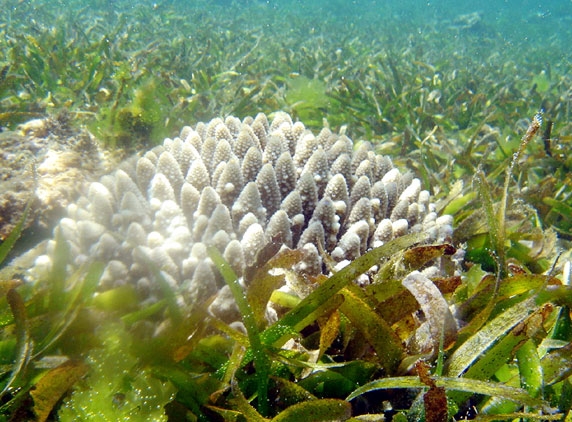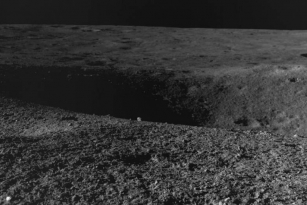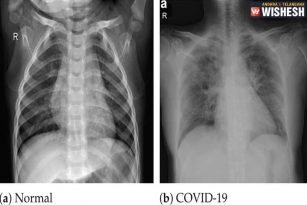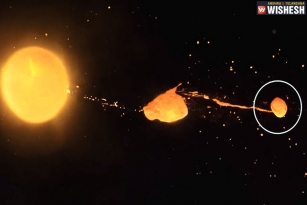
Seagrass meadows grew predominately via vegetative growth or cloning, using rhizomes that spread under the seabed, then send out roots and shoots, says a recent research at the University of Western Australia Oceans Institute.
But the researchers found that seagrass also relied a great deal on sexual reproduction involving male and female flowers, pollens, seeds and seedlings.
Professor Gary Kendrick, who led the Oceans Institute study, said healthy seagrass populations were extremely important for coastal stability and carbon sequestration, according to a university statement.
Last year, Jim Fourqurean, a professor also from the Oceans Institute, showed that extensive seagrass meadows in Shark Bay, on Western Australian coast, act as a massive carbon sink which stores more than USD 8 (Australian) billion worth of carbon dioxide, the journal Bioscience reported.
Kendrick said seagrass also formed an important habitat for many fish species, including Western Australia's juvenile western rock lobster -- the most valuable single-species fishery in Australia -- and were a source of fish protein for many coastal communities in South East Asia and Africa.
"Clearly, the process of dispersing (seeds) over these hundreds of kilometres is an important mechanism for keeping connectivity occurring between populations of the one species," Kendrick said.
Australian and US researchers examined the key role of seed dispersal in maintaining seagrass populations. They used existing DNA molecular markers to infer genetic connectivity of seagrass species.














